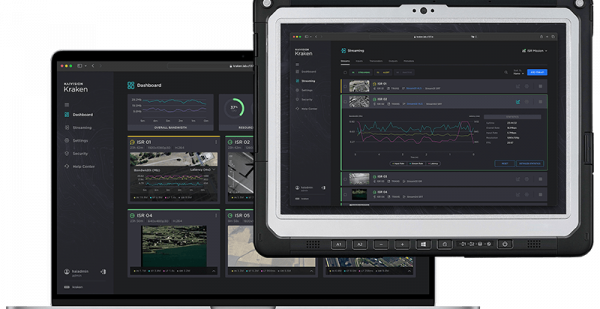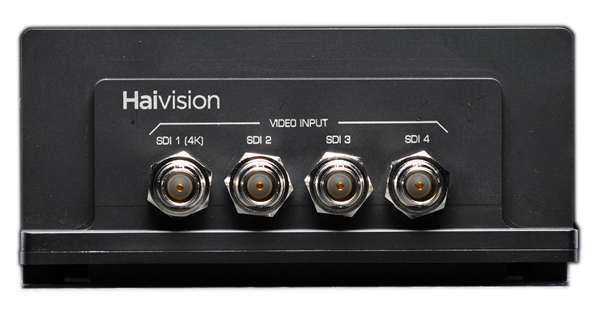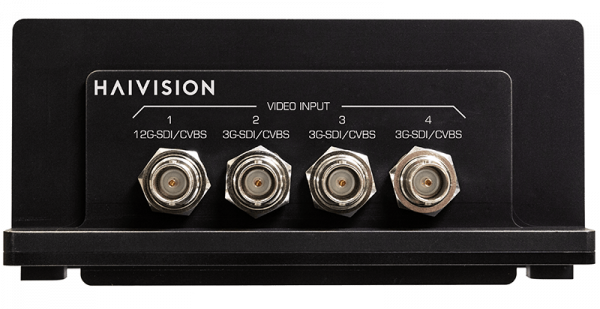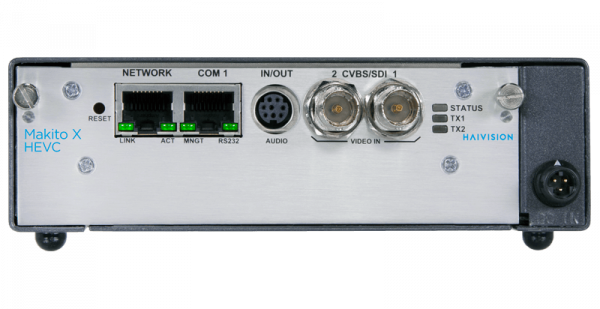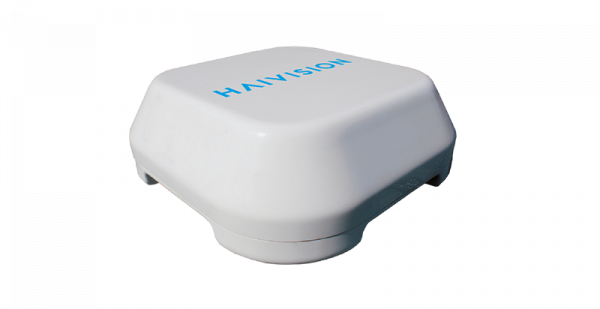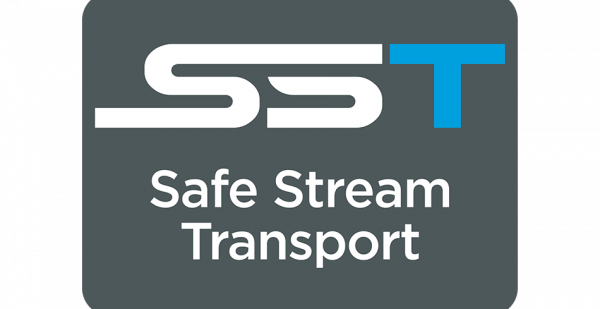In the second part of our series which offers insight into how the broadcast industry is shifting, we’re diving into the subject of broadcast contribution. In this post, we’re exploring the concept of remote production and the challenges and opportunities presented by decentralized workflows and distributed workforces.
The word television combines the Ancient Greek word for “far away” with the Latin word for “sight”. Being able to watch distant events in real-time is what makes live television so compelling and exciting. Whether it’s a sporting event or a breaking news story, providing direct access to live video from wherever the action is taking place enables broadcasters to keep viewers engaged.
The most basic form of broadcast contribution involves sending a live video stream from a remote location to a main production facility where it then gets integrated as part of the on-air program. Traditionally, television broadcasters had to dispatch large OB trucks with production teams and satellite transmitters in order to send live video streams back to the main production facility. The contribution stream could originate from a single camera or a locally produced mix of different camera angles and sources.
REMI (REMote Integration) or At-Home is a live broadcast approach conceived in the mid-1990s where instead of sending equipment and staff to produce video on-site, multiple video contribution streams are sent directly to a main production facility. Due to the widespread availability of broadband internet, efficient video encoding, and transport streaming protocols such as SRT, costly satellite and dedicated fiber links are no longer required for remote production. REMI workflows can now pull in multiple live contribution streams over the Internet which can be kept in sync using an IP to SDI decoder before being sent to a video switcher for live production.
REMI Decentralized – Remote Production and Distributed Workforces
Accelerated by the global pandemic, many of the major sports broadcasters are taking video streaming to the next level by decentralizing their production workflows. Instead of producing live programs within a central broadcast facility, IP contribution streams are being routed around the globe to a distributed network of producers, broadcast engineers, directors, and on-screen talent working from home or at remote studios.
In addition to contribution content, decentralized production staff also need direct access to video streams for content monitoring, previews, program outs, and pre-production camera feeds to coordinate the setup of remote venues and studios. In some cases, they may even need streams for remotely operating playback and graphics equipment.
By combining PC over IP (PCoIP) technology with low latency live video streams, production staff no longer have to travel along with their gear and can work from anywhere. This new decentralized and distributed approach to remote production is enabling broadcasters to offer not only more but also richer live content by being able to recruit the best talent for each live event, no matter where they are located. However, in order to effectively and efficiently support a distributed workflow, the entire video network needs to be capable of streaming high-quality content at very low latency.
The High-Quality, Low Latency Approach to Contribution Over IP
IP networks, especially the public internet, have become ubiquitous. Nowadays it is hard to find a venue without a broadband internet connection or 5G mobile reception. Setting up a live contribution feed can be as simple as plugging a camera’s SDI cable into an IP connected video encoder. For the IP broadcast contribution feed to be useable by production staff the picture quality needs to be high with latency kept to a minimum.
When it comes to encoding live video, HEVC provides up to 50% higher picture quality than the H.264 codec using the same amount of bandwidth, or the same picture quality at half the bandwidth. HEVC encoders such as the Makito X4 can also support 4:2:2 chroma subsampling for remote color correction, 10-bit pixel depths, and 4K UHD resolutions. Using HEVC in place of H.264 gives a wider range of options for configuring broadcast contribution feeds.
Once the content has been encoded, it then needs to be streamed using an IP transport protocol. RTMP is one option though it only supports H.264 content. SRT is codec agnostic and can support both HEVC and H.264 encoded content. SRT also includes a packet-loss recovery mechanism for reliable streaming and stream encryption for high-value content. And just as important to live broadcast productions, SRT is low latency enabling all of the different elements of a distributed remote production workflow to send and receive video streams in real-time. For example, when including live on-air interviews between an on-site interviewee and a remote interviewer, total round-trip latency can be kept under 300ms ensuring smooth bi-directional conversations and co-ordination between production teams.
When remotely operating broadcast equipment, low latency video streams enables operators to work in real-time. On-screen talent and producers can also access low latency broadcast monitoring streams of specific feeds or the main program out. Today’s news remote production, operation, and collaboration over IP workflows need to keep all of these video feeds as low latency as possible while delivering the necessary picture quality.
New Approach – Lower Costs, Increase Flexibility and Scalability
By successfully addressing video quality and latency, broadcasters are now able to build highly flexible remote production networks that can stream content from all corners of the globe, at any given moment. This new decentralized approach was initially spurred on by safety concerns ensuing from the health crisis. However, distributed workflows and workforces are here to stay as they also bring the benefit of bringing live contribution video from anywhere to the very best production talent, no matter where they are. The end result is not just more live TV, but better viewing experiences.








